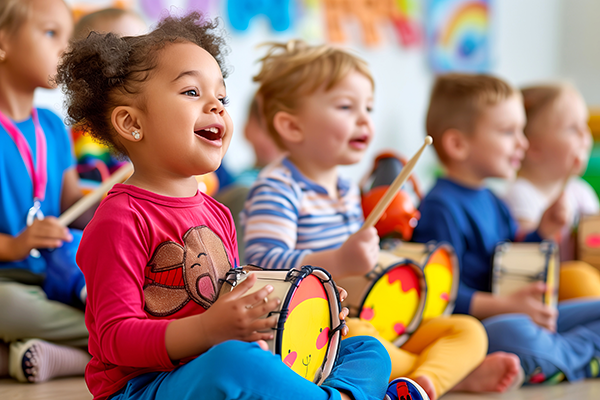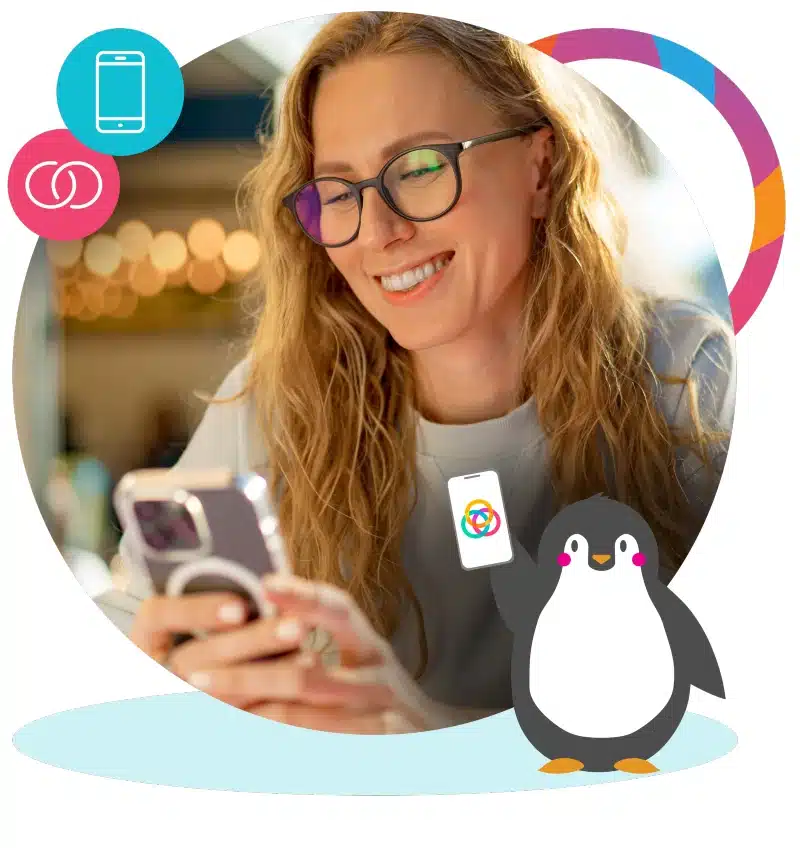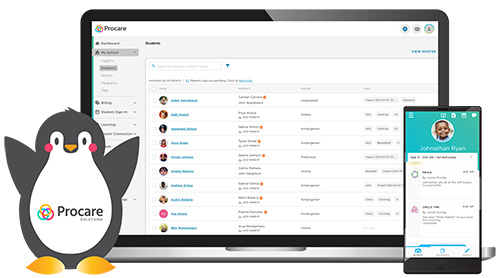Toddler routines in daycare are important for the development and well-being of toddlers. Consistent routines not only provide a sense of security but also foster independence, emotional stability and cognitive growth.
Let’s dig in to learn more about toddler routines in daycare settings!

Understanding the Importance of Routines
Toddlers thrive on predictability. Knowing what to expect each day helps them feel safe and secure, which is essential for their emotional and social development.
From a staffing perspective, having a consistent daycare schedule in place ensures that each team member understands what resources will be required for the day. It’s essential to know which activities are planned for each age group, how much supervision is required and if any children require individualized care. This will ensure there are enough staff members to meet required child-to-staff ratios, and provide quality care.
Routines also play a vital role in reducing anxiety. Predictable schedules help toddlers understand what’s coming next, which reduces the uncertainty that can cause anxiety.
Routines for toddlers also promote independence! Repetitive tasks allow children to practice self-help skills, such as washing hands and putting away toys.
And they enhance cognitive development. Routine activities like storytime and play support cognitive skills including memory and language development.
Key Elements of a Toddler Routine
A well-structured daycare routine should include a balance of various activities that cater to the developmental needs of toddlers. Here are the key elements:
Morning Arrival and Welcome
- Greeting Time: Warm welcomes help toddlers transition smoothly from home to daycare, setting a positive tone for the day.
- Free Play: Allowing some free playtime upon arrival helps ease any separation anxiety and gives children a chance to explore and socialize.
Meal and Snack Times

- Scheduled Meals: Consistent meal and snack times are essential. Ensure these times are balanced throughout the day to keep energy levels stable.
- Healthy Options: Provide nutritious foods that promote growth and development. Involving toddlers in small tasks, like setting the table, can also teach responsibility.
Nap Time
- Quiet Environment: Create a calm and quiet space for nap time. A consistent napping schedule helps regulate sleep patterns and improves overall mood and behavior.
- Comfort Items: Allow children to have comfort items, such as a favorite blanket or stuffed animal, to make nap time more soothing.
Structured Activities
- Learning Activities: Incorporate educational activities that are fun and engaging. This can include storytelling, singing and simple arts and crafts.
- Physical Play: Ensure there is ample time for physical activities, both indoors and outdoors. This helps develop motor skills and provides an outlet for energy.
- Creative Play: Encourage imagination through role-playing games and creative play with blocks, dolls or dress-up clothes.

Transition Times
- Clear Signals: Use visual and auditory cues to signal transitions between activities. This could be a song, a bell, or picture cards.
- Predictable Patterns: Maintain consistent patterns for transitioning, such as tidying up toys before moving from playtime to snack time. This teaches time management and organizational skills.
End-of-Day Routine
- Wind-down Activities: Engage in calm activities, like reading a book or quiet games, to help toddlers transition from the busy daycare environment to going home.
- Family Communication: Provide brief updates to parents about their child’s day. This keeps parents informed and reinforces the partnership between home and daycare.
Tips for Successful Implementation
Consistency is key! Stick to the routine as closely as possible. Consistency helps toddlers know what to expect and fosters a sense of security.
But also be flexible. While consistency is important, being flexible to accommodate individual needs and unexpected changes is equally crucial.
Use positive reinforcement to encourage adherence to routines. Praise and rewards can motivate toddlers to follow the schedule!
And remember to use visual aids like charts and pictures to help toddlers understand the daily routine. Visual schedules are especially beneficial for younger children such as toddlers who may not yet fully grasp verbal instructions.
Share Routines with Families Using a Child Care App!

By incorporating a balanced mix of activities and maintaining consistency, you can create a nurturing atmosphere that fosters growth, independence and emotional well-being in your toddler rooms. (And check out our blog on establishing routines in infant rooms as well!)
Share those routines with families using the Procare child care mobile app!
Our child care app also gives you the ability to:
- Get information quickly via an app
- Take the hassle out of check-in/out
- Have a direct mass communication channel
- Keep families engaged
- Go digital
- Empower your staff
- Collect tuition and payments effortlessly
It saves child care programs time and money by streamlining core administrative functions while raising the bar for the parent experience with professional communications, easy-to-access portals and the ability for real-time updates from the classroom.
Learn more about what the Procare child care mobile app can do to help you with infant routines and more!




